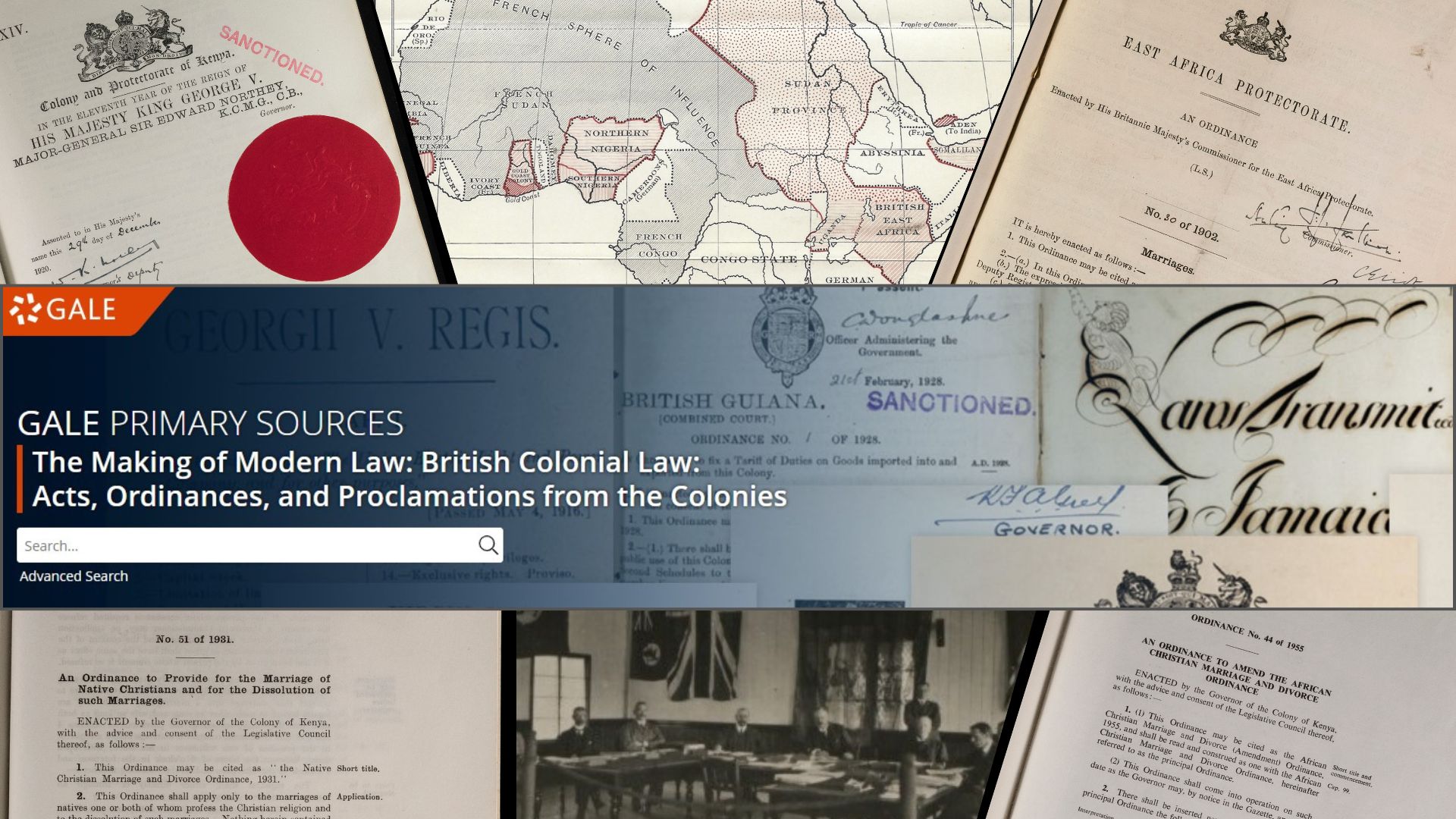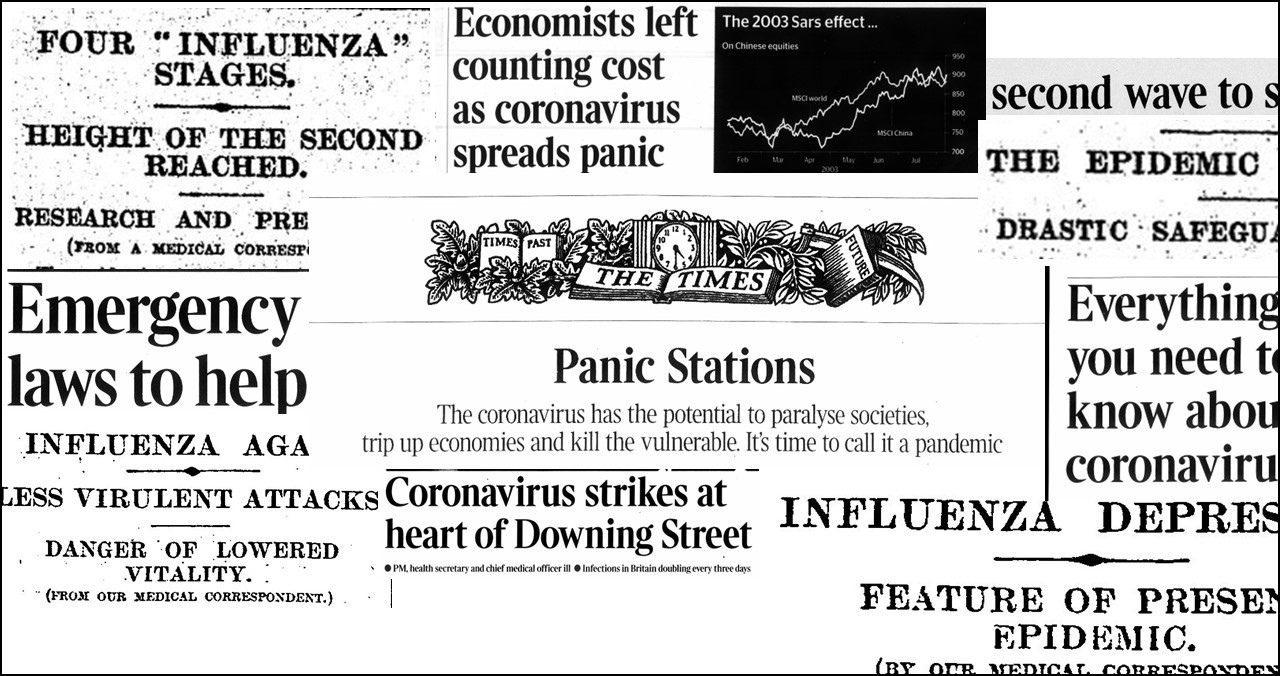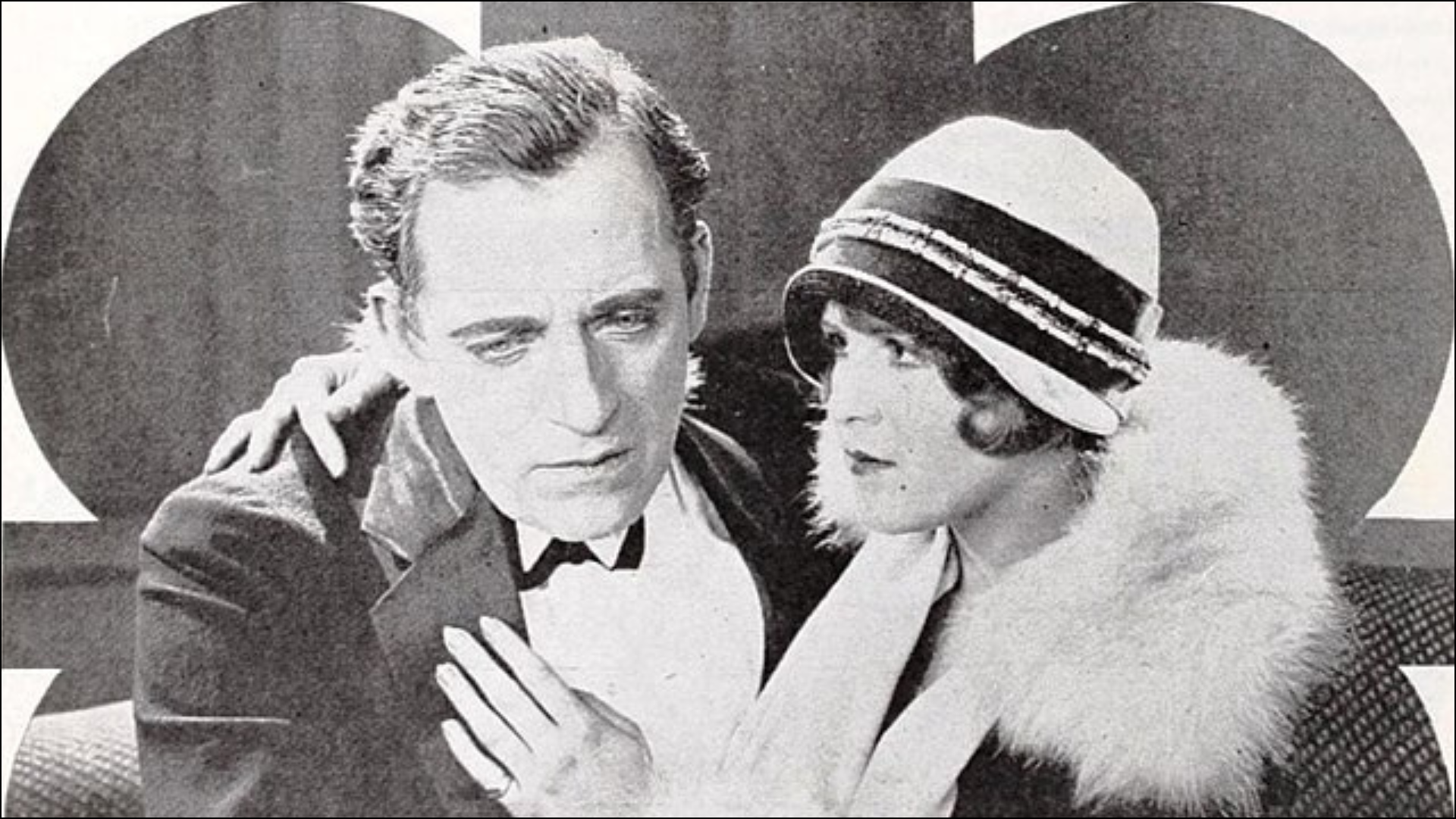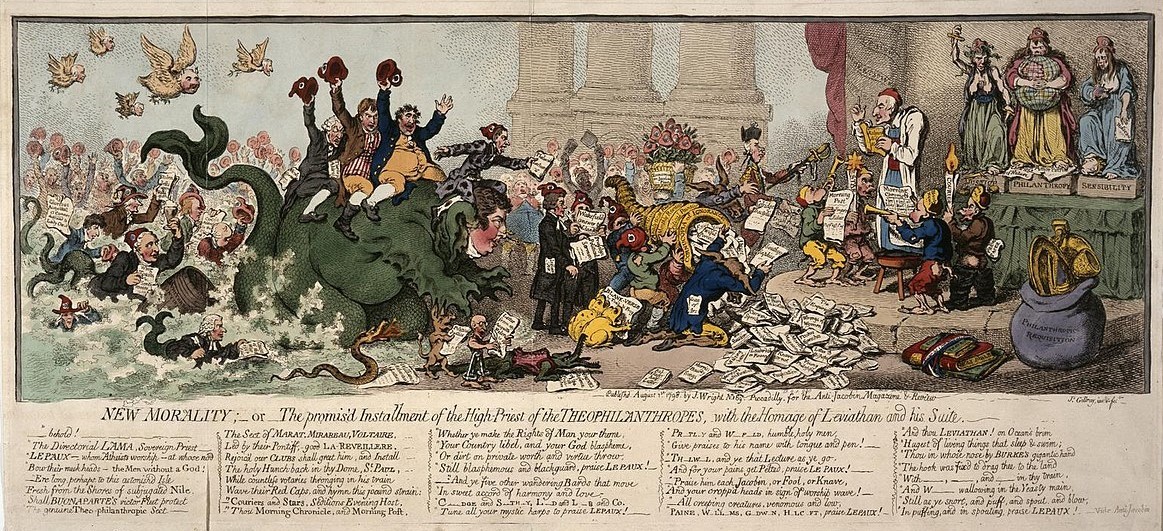| By Lindsay Whitaker-Guest, Associate Editor, Gale Primary Sources |
Gale Primary Sources recently released its latest module in the landmark legal history series, The Making of Modern Law. The Making of Modern Law: British Colonial Law: Acts, Ordinances, and Proclamations from the Colonies, 1900-1989 contains legislation from all corners of the British Empire and was digitised from the Colonial Office collections held at the National Archives in the UK.
The legislation in the archive covers all aspects of colonial life in a century which saw British-held territories transformed by war, disease, rebellion, and decolonisation. However, for this post we will examine how the empire governed one fundamental aspect of domestic life: marriage.










